Starstruck8
Brilliant_Rock
- Joined
- May 13, 2021
- Messages
- 865
2. In the meantime, I'd ordered a cheap but functional dichroscope. I looked at the stone when it arrived and ... it's polychroic. The first image below is my stone through my dichroscope; the second image is a randomly selected internet image of (supposed) polychroism in a ruby through a dichroscope. I'm no expert in optics, but as far as I can tell, polychroism entails double refraction (birefringence): that is, if a stone shows polychroism, it is doubly refractive. Rubies (all sapphires) are doubly refractive stones. Glass is singly refractive. Except ...
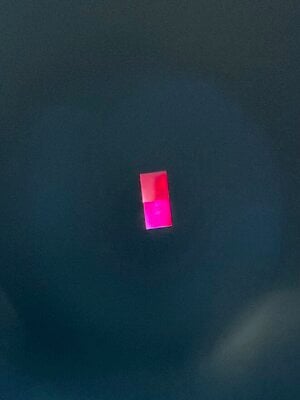
As a check, do the two colours switch places as you rotate the dichroscope through 90 degrees? (i.e. each colour continuously changes into the other, so that at 45 degrees from maximum colour difference, they are about the same.)
As I understand it, glass can show anomalous birefringence due to strain or flow in manufacture. But, again as I understand it, this won't show up in a dichroscope, nor will it produce visible doubled images, because the birefringence is very small. (It can be seen in a polariscope.)3. There is such a thing as polychroic glass -- glass that does sometimes show
"anomalous birefringence"!
Yes, this is very puzzling. Refractometers test the material on the surface of the stone, the part that's held against the refractometer. In a glass-filled ruby, I'd expect this to be mostly ruby. But maybe this is wrong?It's hard for me to imagine that two totally independent jewelers and their refractometers are both wrong. My understanding is that most glass-filled rubies test as rubies on refractometers? But there is still something odd about this stone. If nothing else, it's a really clever, detailed glass fake. In addition to the imperfect cut and the fluorescence, the two specific, separate colors detected in my dichroscope look exactly like the two separate colors shown in the random sample image of a ruby "from the internets."
Like you, I'm puzzled.

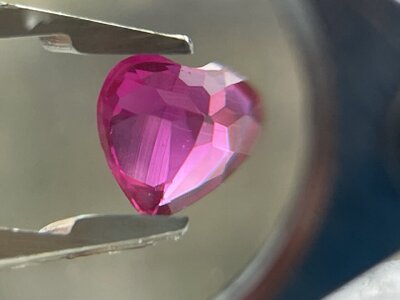
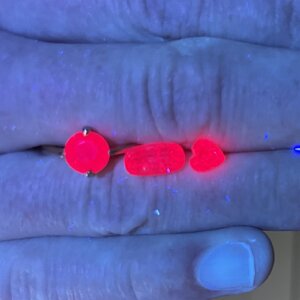
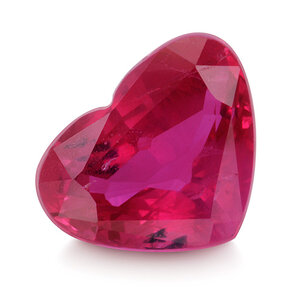
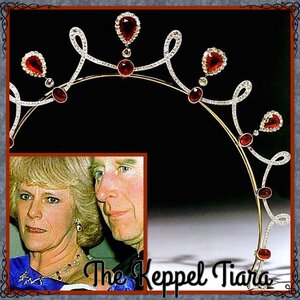
:max_bytes(150000):strip_icc()/king-charles-queen-camilla-anniversary-fb-twitter-getty-images-e31889cb99ce42c68c14002f5c422dd0.jpg)


300x240.png)